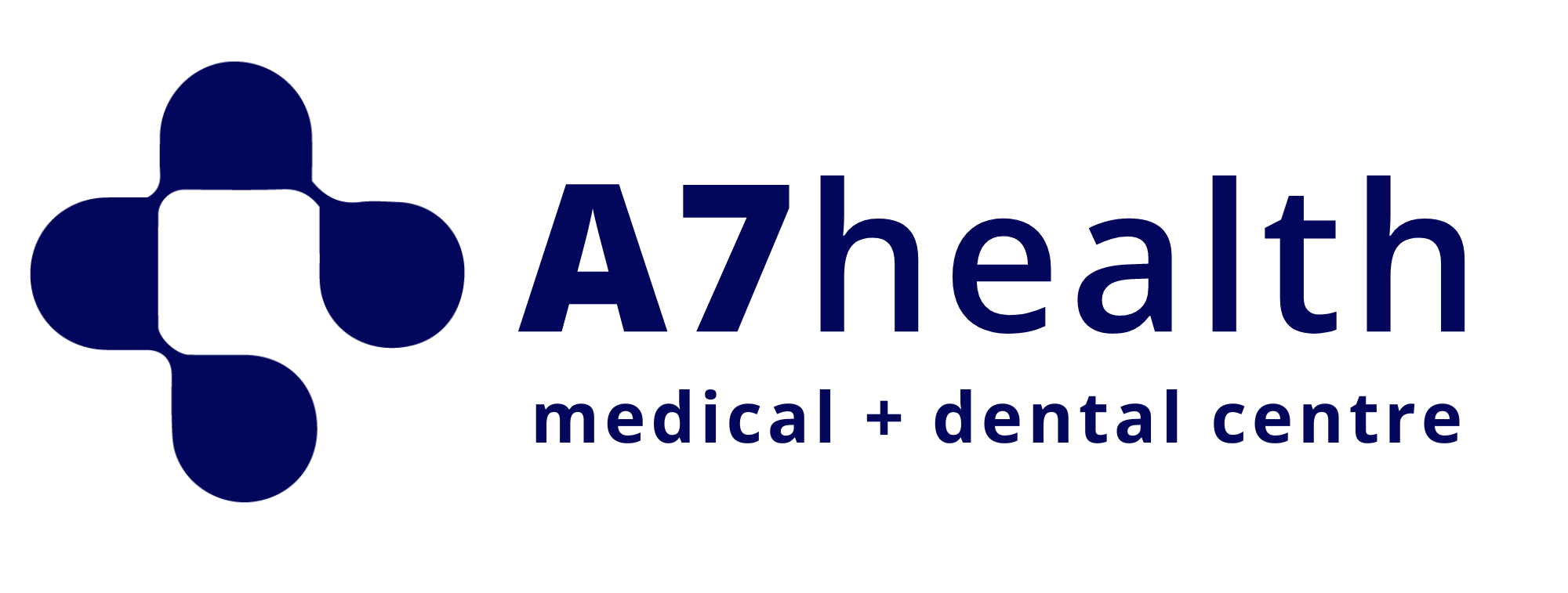Core Strength after Pregnancy
Your core muscles are put under a lot of strain during pregnancy and labor. It may take up to 8 weeks before you can return to your normal routine. Your body needs to recover before you can return to work or resume certain activities such as exercising, driving, intercourse, or using tampons.
How long after delivery can you start exercising?

The first step is to give your body time to heal. For the first few weeks after a C-section delivery, you should focus on rest and recovery. It is a surgical procedure and your incision needs time to heal.
If you had a routine vaginal delivery, your recovery time will likely be shorter, but your core muscles may have still been stretched and weakened during pregnancy, so it’s important to also get the green light from your doctor before you start exercising.
If you have complications such as diastasis recti (abdominal muscle separation), pelvic floor dysfunction, sciatica, organ prolapse or incontinence (urinary or fecal), you will initially need to focus on pelvic floor therapy when strengthening your core.
Once you have permission to begin exercising, your physiotherapist will guide your recovery with specific exercises to regain your strength and stability.
Safe core exercises
Higher intensity activities, such as running or weight lifting put too much strain on the pelvic floor and abdominal muscles. These activities are usually not appropriate to start doing within 3 months, or up to 6 months, after giving birth.
The first and most important exercises after giving birth are to train and strengthen your core. These activities provide good blood circulation to the pelvic region and re-train the pelvic floor and abdominal muscles without overloading them.
We often think of the “core” as just your abdominal wall, but it’s actually a group of muscles that include your abdominals, pelvic floor, lower back, and respiratory diaphragm. They all play a crucial role in stabilizing your body from all sides.
Types of exercises
Diaphragmatic breathing
Diaphragmatic breathing is the first exercise you can do to reconnect with your core after labor. Holding your breath may keep your abdominal and pelvic floor muscles tense, preventing optimal contraction of the pelvic floor muscles. In addition, diaphragmatic breathing helps expand the tight tissues around your C-section scar which will help minimize scar restriction. Diaphragmatic breathing can be done in any position, including lying down, sitting or standing. However, it is recommended to start while lying down.
Transverse abdominis contraction
The transverse abdominal muscles are the deepest layer of your abdominal wall. A good way to exercise these muscles after childbirth is to tighten the pelvic floor muscles, also called a kegel, because these muscles work in synergy with the pelvic floor.
Inner thighs
Squeezing a yoga ball or soft pillow with your knees will contract your inner thigh muscles and help activate your pelvic floor and transverse abdominal muscles. This exercise with the ball is a simple and effective way to activate your core. You can do it lying on your back or sitting with your feet on the floor.
Glutes and lower back
During pregnancy, your gluteal muscles may flatten and shut down due to postural changes. By learning to activate these muscles and contract them with your deep abdominal and pelvic floor muscles, you can stabilize your core and begin to regain your hip and pelvic stability. The Bridge is done while lying on your back, with your legs bent, thrust your hips upwards and squeeze your buttocks.
Treatment at A7 Health for Core Strengthening after Pregnancy:
Get Physiotherapy – Book an appointment with a Physiotherapist at A7 Health who will assess you in a 45 minute consultation and provide treatment alongside a treatment plan to correct the muscle separation and strengthen your core. Some of the treatments include:
- Massage for pain relief.
- Mobilisations on any stiff joints such as your hips, lumbar spine joints or the sacroiliac joint (SIJ).
- Pelvic floor strengthening exercises
- Strengthening exercises for your abdominal muscles.
Join an exercise class (with a Biokineticist) – Moderate exercise, such as walking, has been shown to help restore core strength after pregnancy. Stretching can help relieve sore muscles. Join an exercise class led by an A7 Health Biokineticist who will teach you exercises that will strengthen and relax muscles and help you to reduce the likelihood of pain after your pregnancy. These exercises will also help you with recovery after you give birth.
